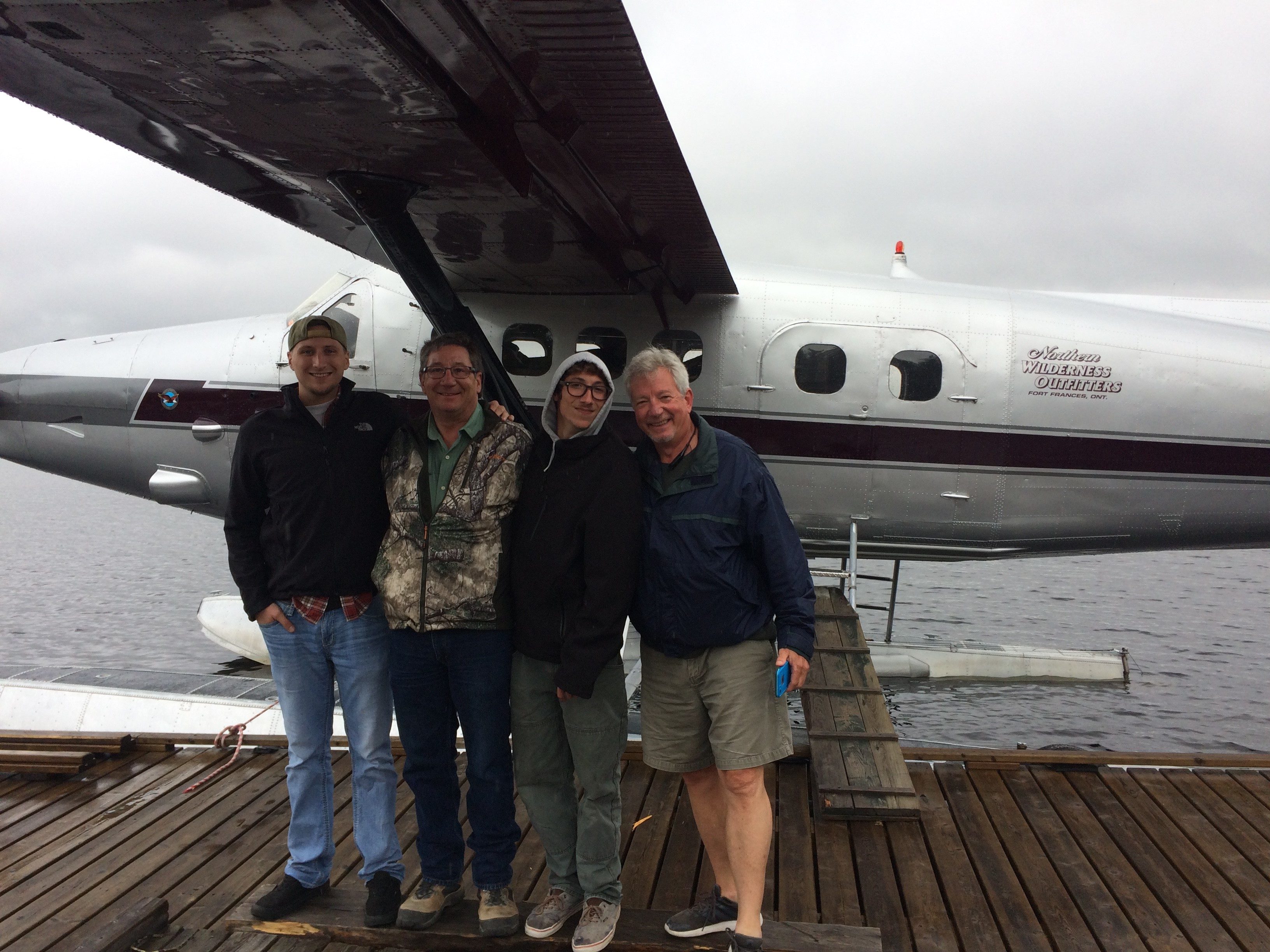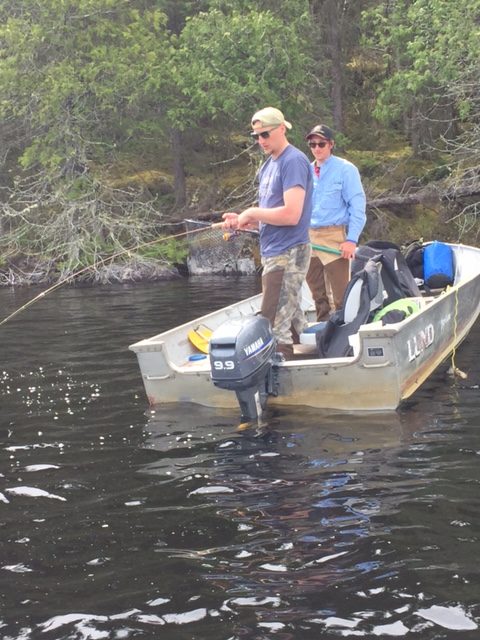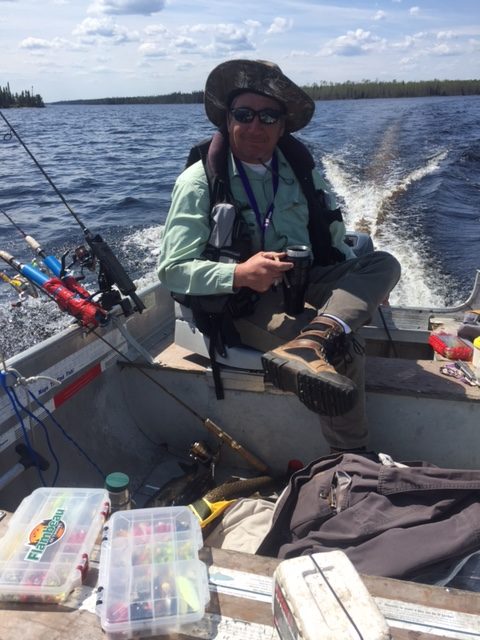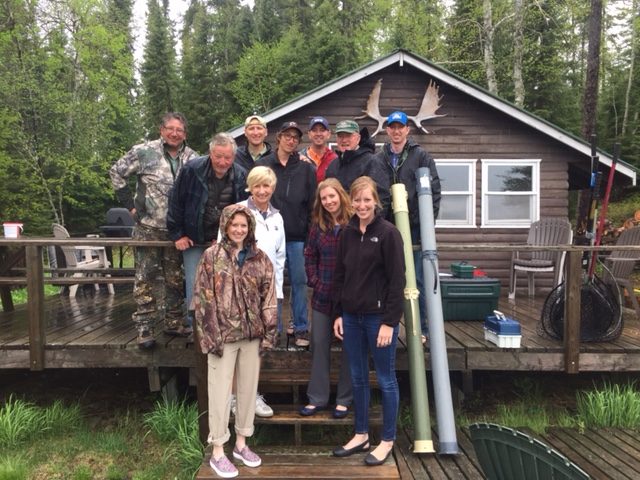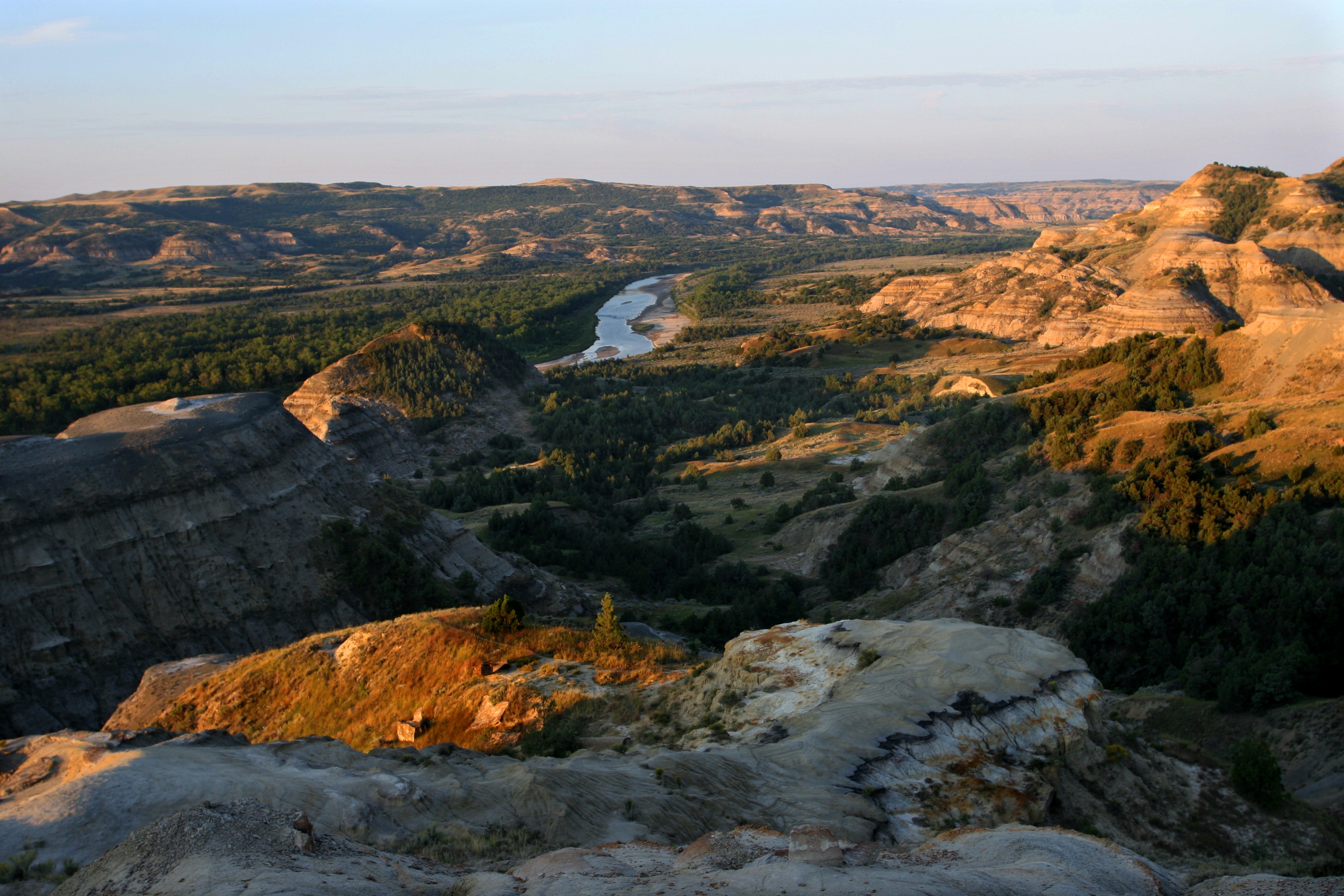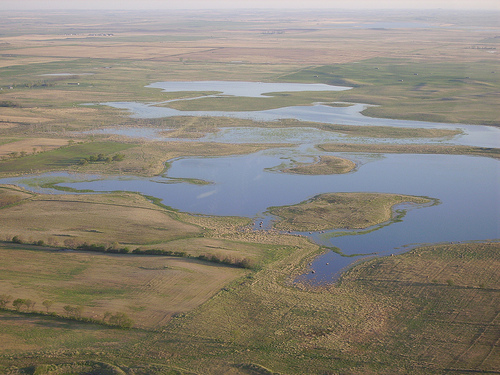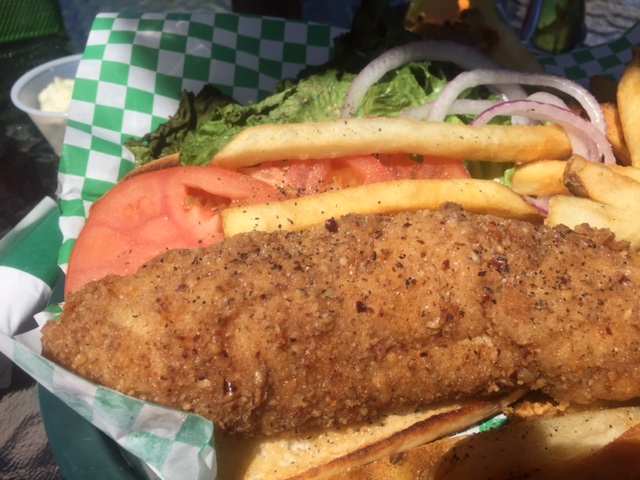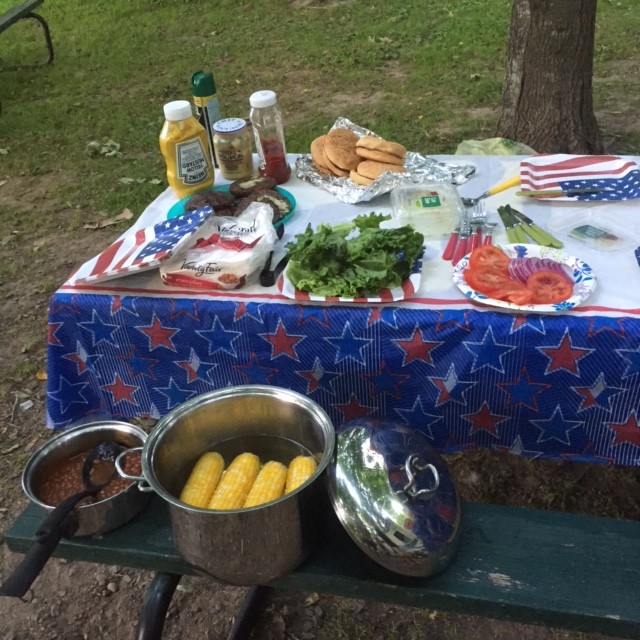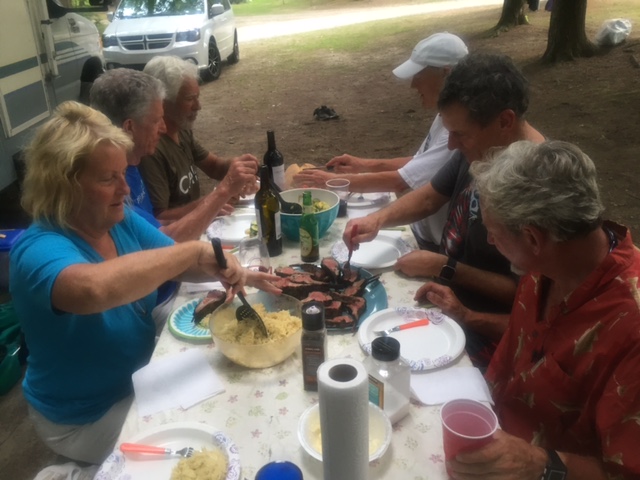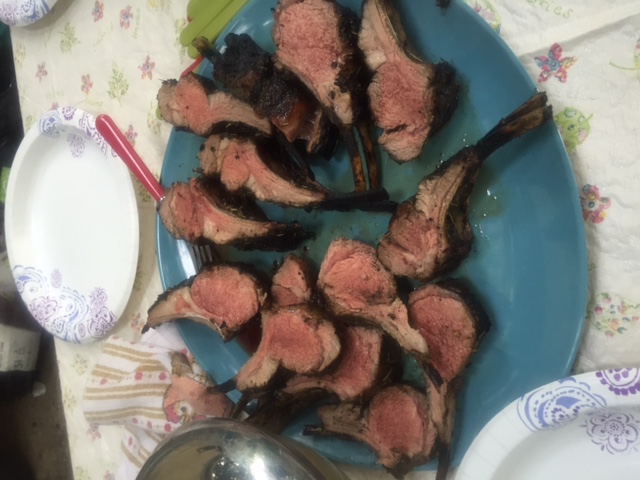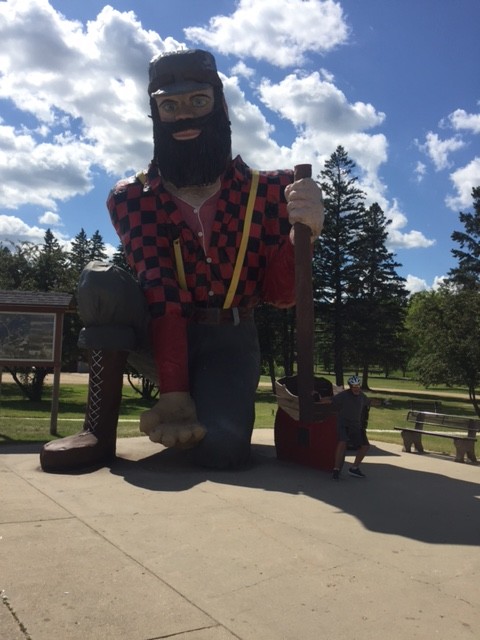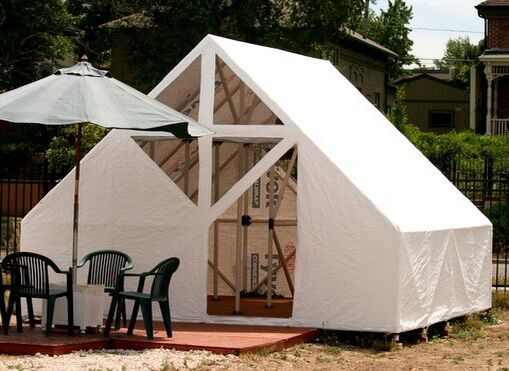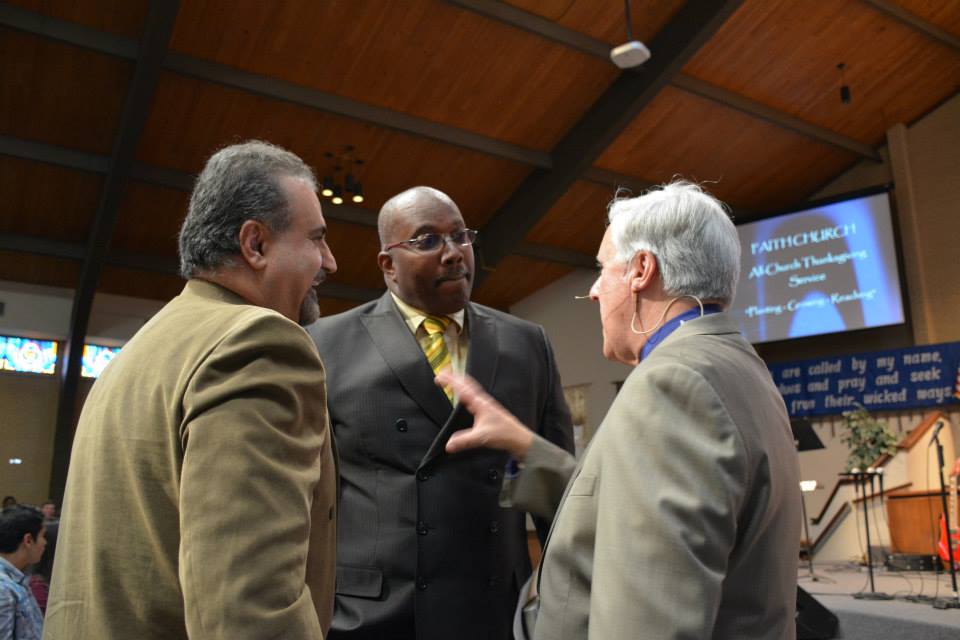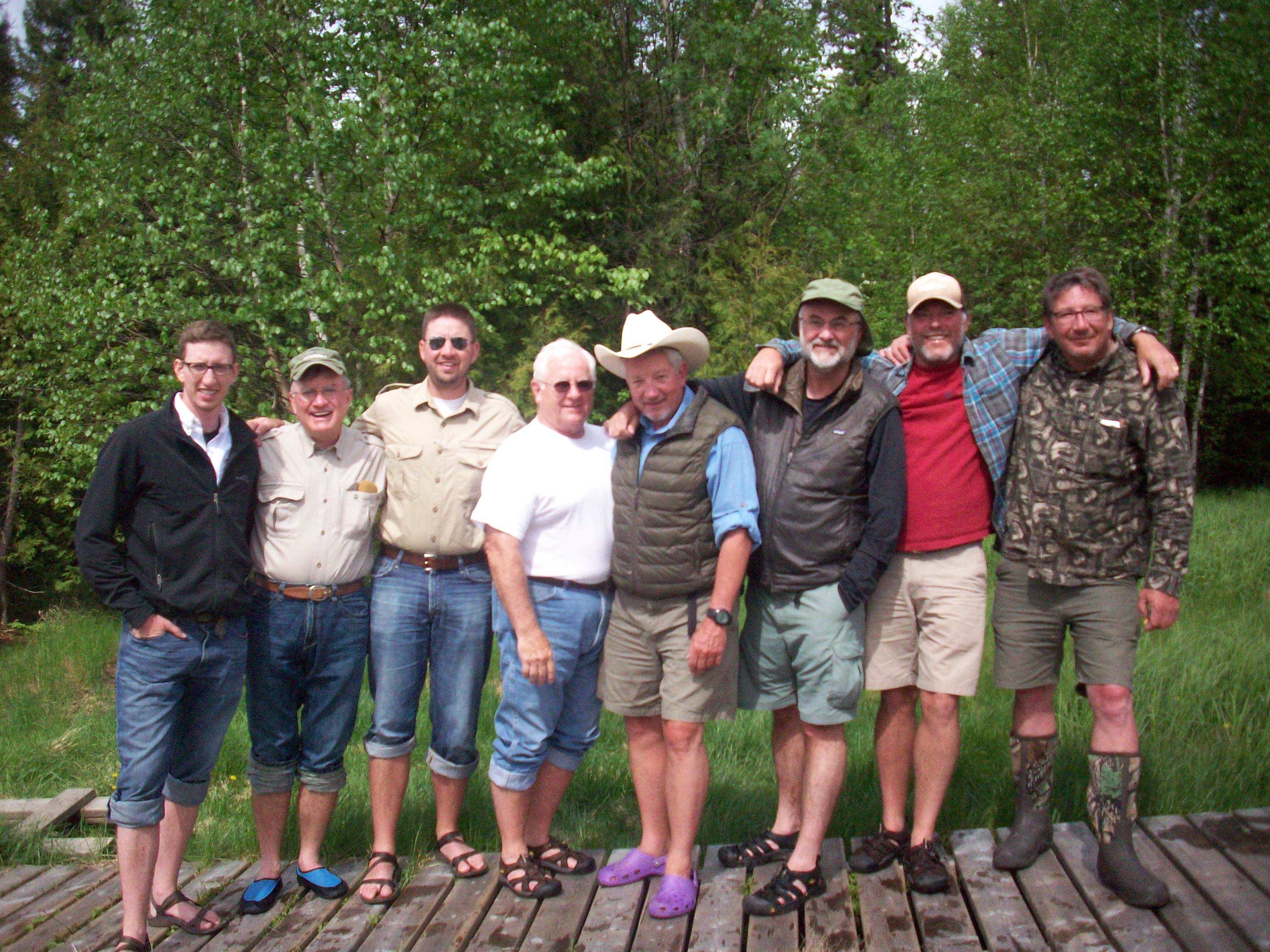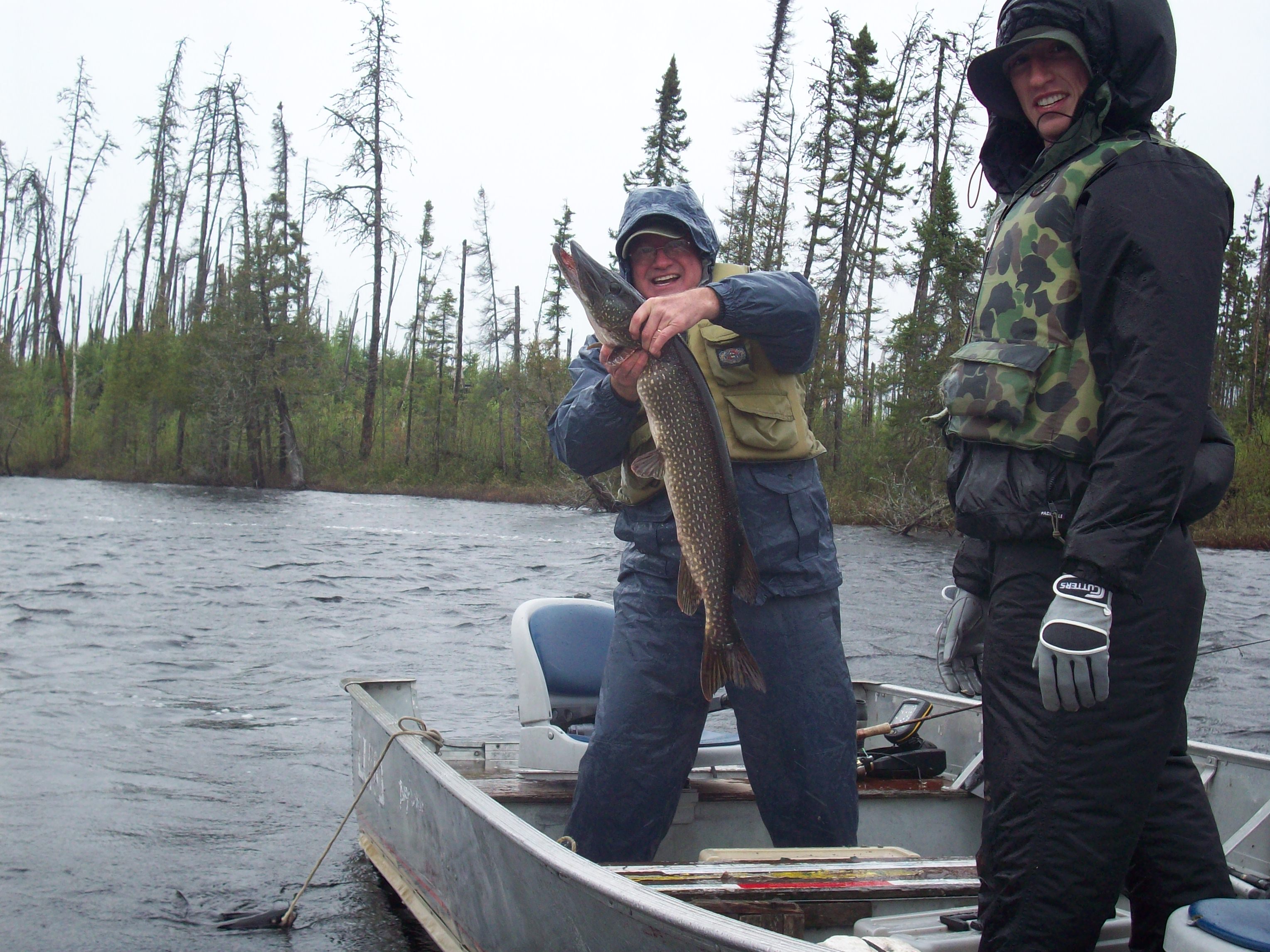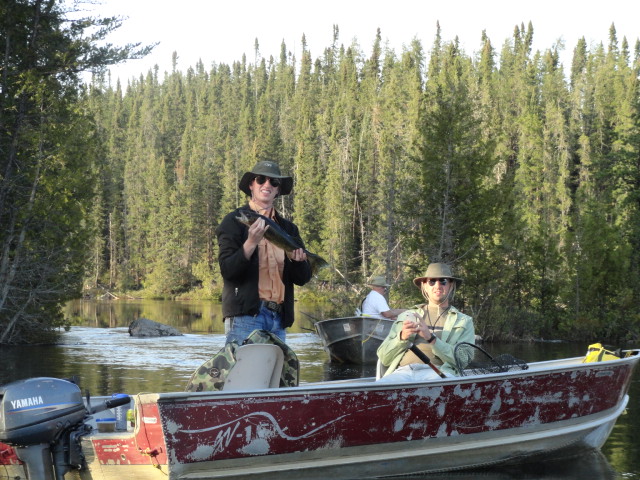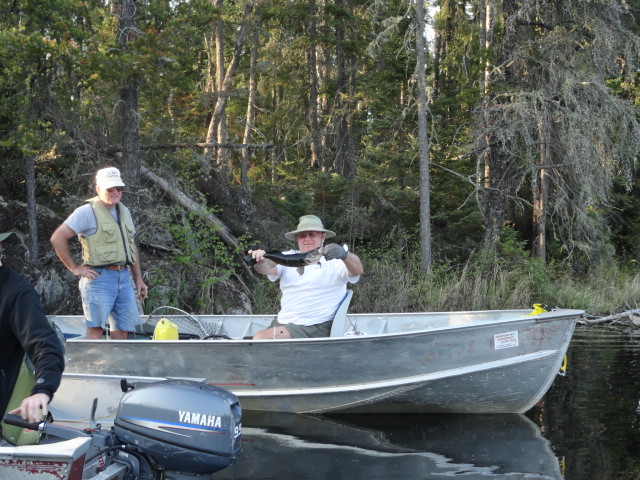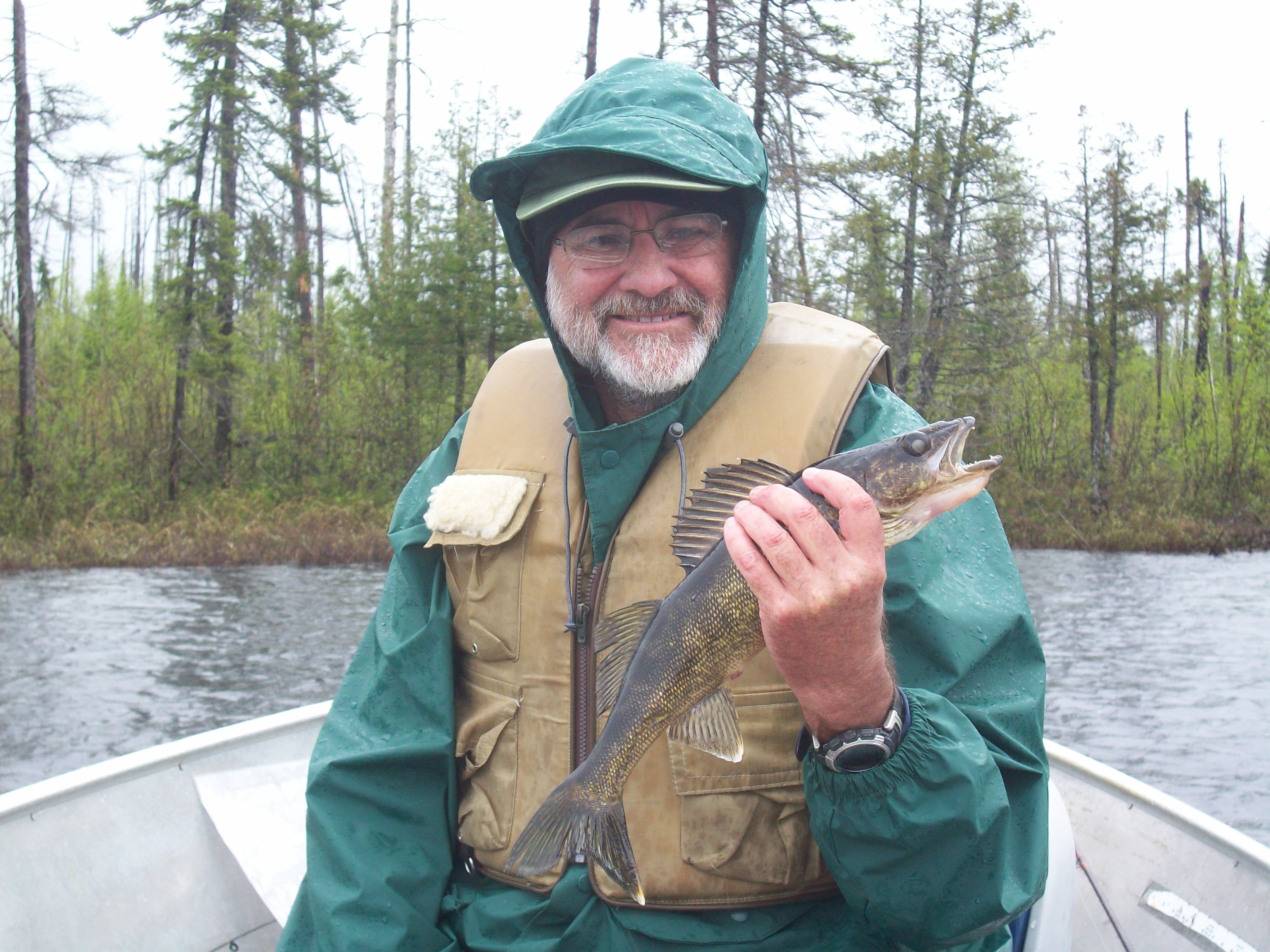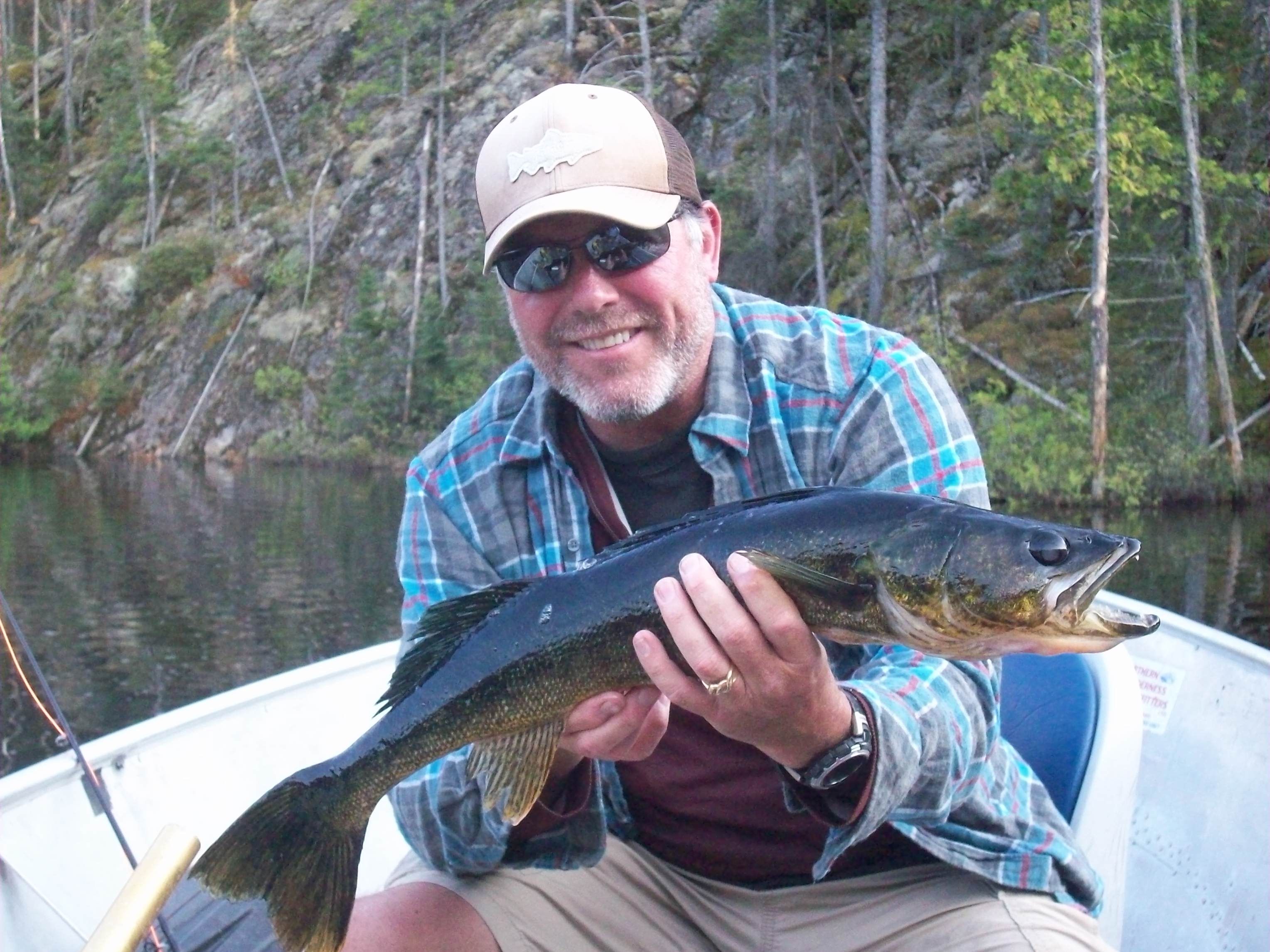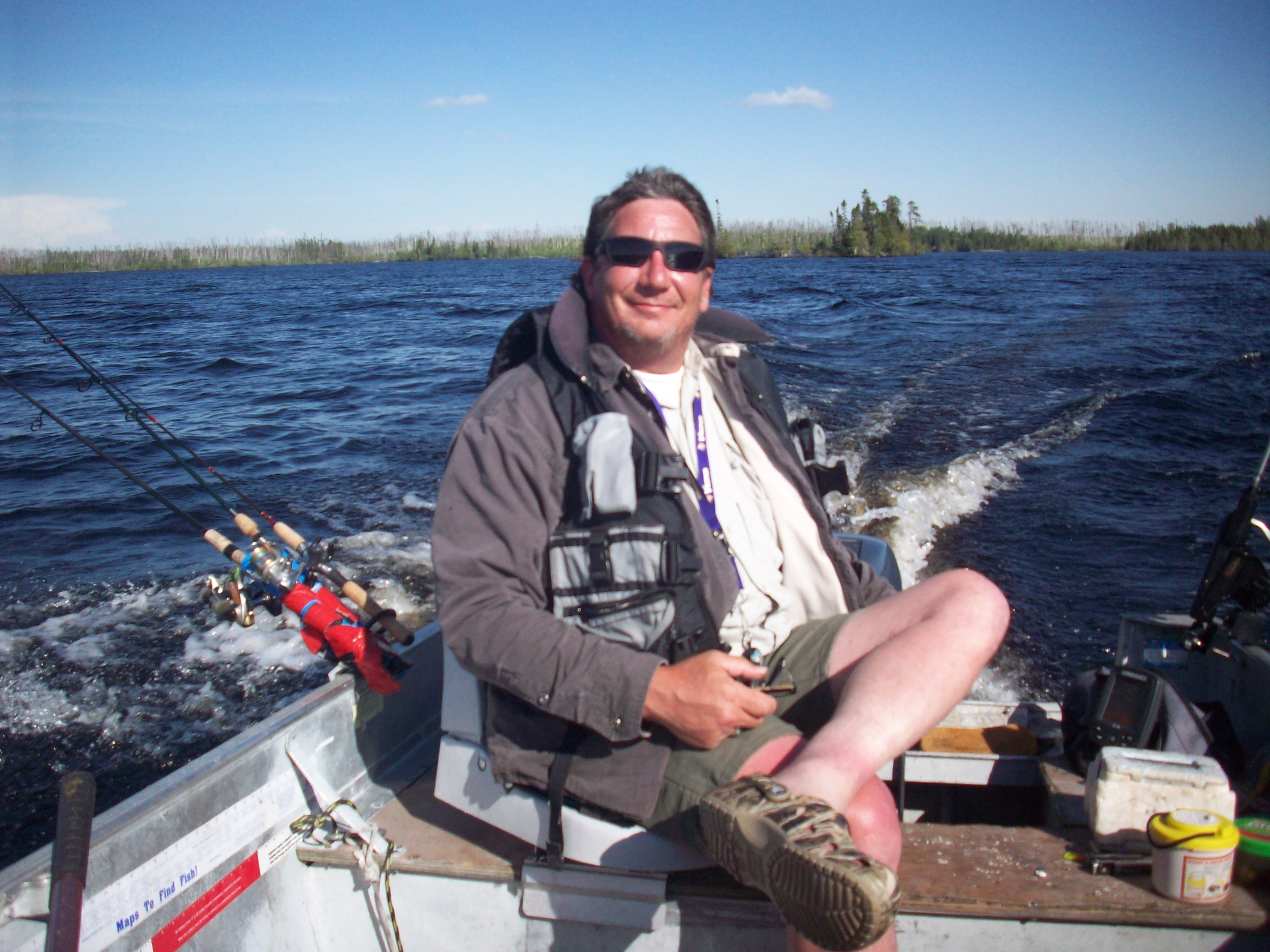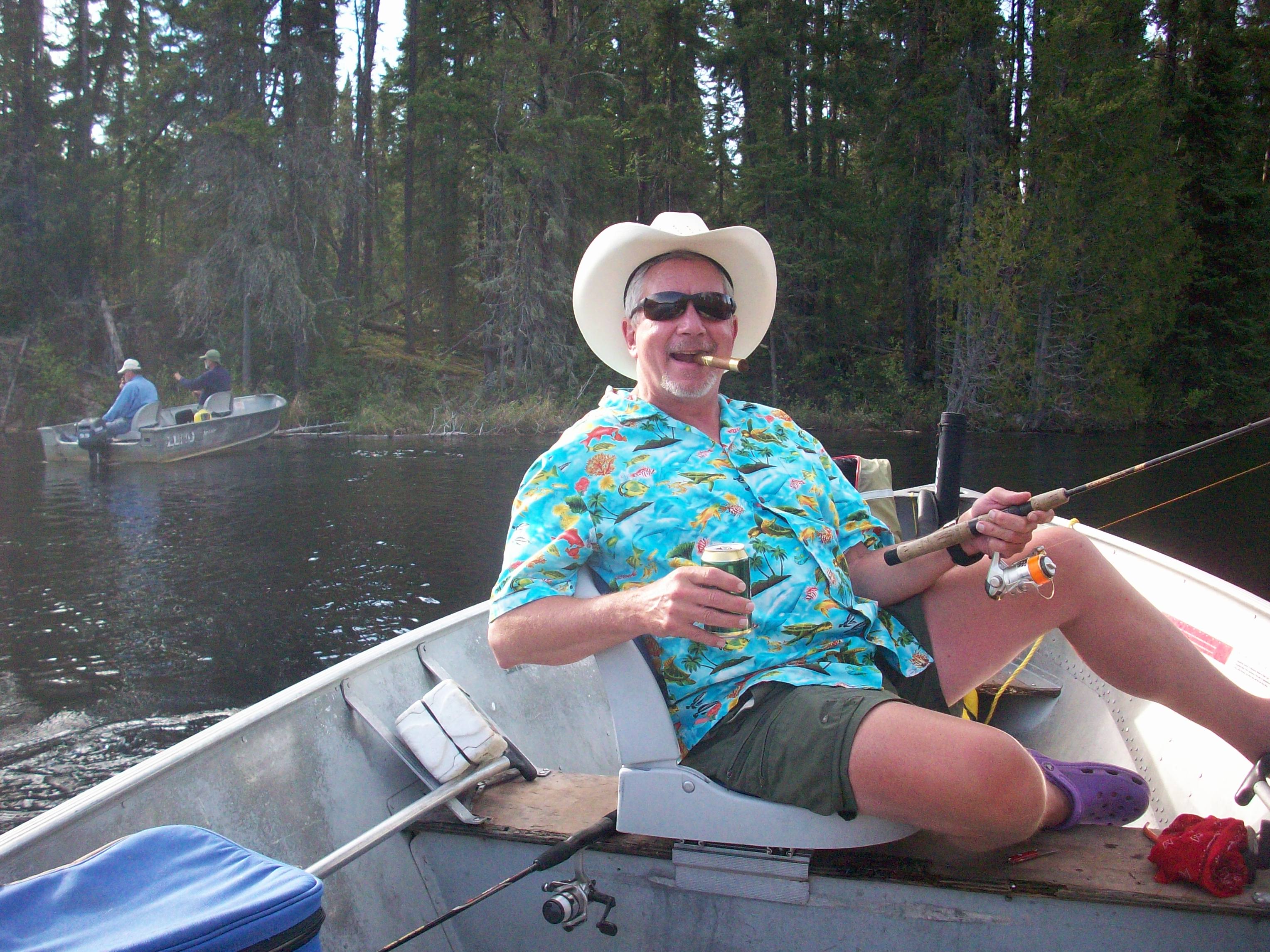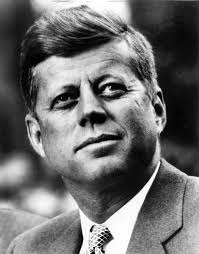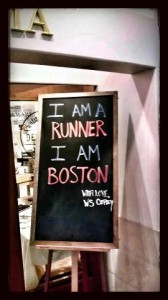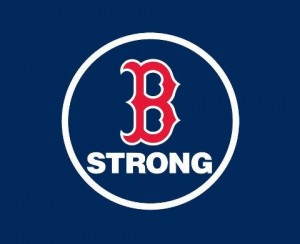Last November, Barb and I received a dinner invitation from our friends, Jim and Margaret Casart. Jim let it be known that he had something to discuss with me, but was a little vague in the same way as when people invite you to an Amway meeting. When we arrived at the Casart’s lovely high-rise home overlooking Cheeseman Park, I knew we were not going to be pitched on a multi-level marketing scheme. Jim’s neighbors, Rob and Kathy were there, and soon we were joined by old friends Bruce and Sally Karlberg.
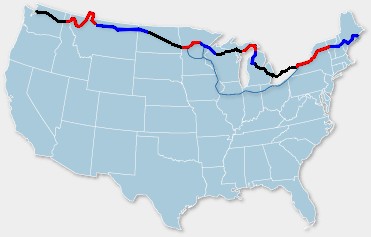
Northern Tier Map
Apparently, Bruce and Jim had hatched the idea of bicycling across America some years ago, and decided to make their dream happen in 2016. Then they invited me to join them. Whether it was because of Margaret’s excellent brisket, or an appeal to my sense of adventure, I immediately was drawn to the idea. Barb, however, thought we were all nuts. Jim had charted a route, based on the American Adventure Cycling’s route known as the “Northern Tier,” which meant that we would be cycling across the northernmost states with a couple of forays into Canada. Their plan was to buy an RV to act as our support vehicle, with Kathy having volunteered to drive the RV. It was an aggressive route Jim had scheduled, crossing 4,030 miles in only 53 riding days. Including weekly rest days, it would take just under two months to complete the ride. I later would find that most other riders scheduled 2 ½ or three months or even longer to do this ride.
I don’t pretend I’m much of a cyclist. I own a heavy, $250 Craigslist low-end Specialized road bike that I usually ride once per week when the weather is nice. I rode the first Ride the Rockies tour thirty years ago in 1986 on a mountain bike, and I’ve ridden not at all in many years in the interim. So it came as somewhat of a surprise to my family and friends (and even me) when I told Jim and Bruce I would commit to the ride. We selected mid-May as our departure date.
Unfortunately, both Rob and Kathy both contracted cancer and, of course, had to back out of the ride. So, we had sick friends and a need for a driver and maybe another cyclist. Enter the Kizers, Rick and Sue. Rick and Sue, as well as Margaret and Jim Casart all went to a high school for ex-pats in Seoul, South Korea, of all places. Rick and Sue were high school sweethearts, went their own ways and raised their own families. They got back together and married in 2015. The bike trip was to be an extended honeymoon and we found a strong cyclist in Rick and an enthusiastic RV driver in Sue. Rick and Sue make their home in Nashville.
As the ride approached, we all tried to increase our fitness level. Jim and Bruce found and bought a used RV, which we nicknamed “Toga”, and after consulting weather patterns, we moved our departure date to early June.

Toga and the Team
The States
Jim, Bruce and I drove out of Denver early on June 1st and picked up Rick and Sue Kizer on the way at one of her relatives’ house in Fort Collins. We pointed the RV northwest and made it to Boise. Another long day of driving put us into Anacortes Thursday night.
Washington
We were as excited as kids at Christmas when we dipped our real wheels into the waters of the Pacific (to be more accurate, Puget Sound) on the morning of June 3rd in Anacortes, a quaint fishing village cum tourist destination. Our initial miles were along the coastline on a nice bike path. Here, our obstacle was dodging the broken, sharp shells of mollusks. Gulls and other sea birds scoop up oysters, clams and other shellfish at low tide and drop them from great heights over rocks (and our bike path), which cracks the shells enabling the birds to enjoy a tasty meal.
I consider Washington to be the most diverse state we biked with respect to its climate, topography and agriculture. The first day we biked through lush, coastal plains which supported an amazing number of flowers, fruits (this section of Washington boasts itself as the Strawberry Capital of the US), vegetables, trees and birds. A single birder has identified almost 200 bird species within a single day in this area. In our first 25 miles we passed about fifteen roadside farmers’ markets and stands. Our eyes were treated to shocks of vibrant colors and the air was heavy with nature’s perfume.
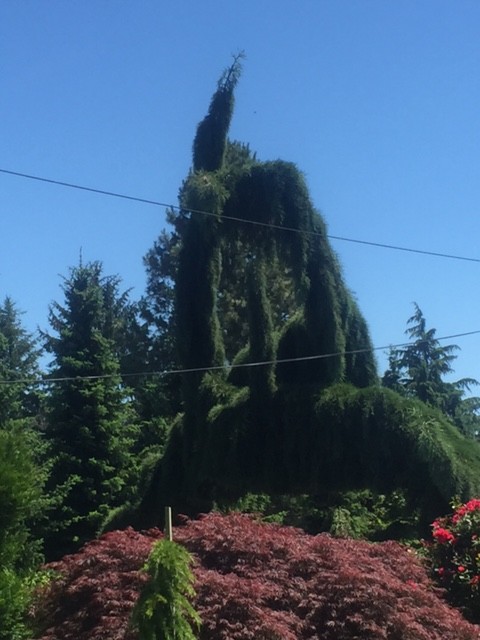
Day 1, Fern Sculpture in Washington

Day 2
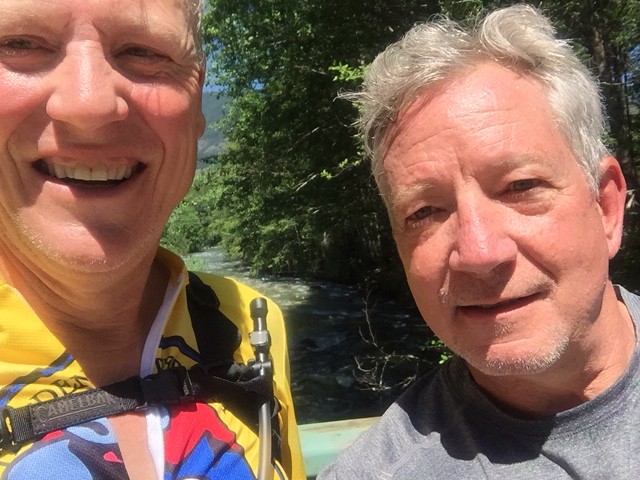
Bruce and Bob on Days 2, almost clean-shaven.
The second day took us away from the truck farms and into more forested terrain and we began gaining altitude as well. We were also beginning to show a lack of preparedness for the rigors of bicycle touring. Jim had not ridden his new recumbent bicycle much and fell a few times in the early going. A badly sprained thumb sidelined him for a couple days. Bruce had recently been prescribed a heart medication which had the effect of limiting his heartrate to a paltry 85 beats per minute which would not supply the oxygen needed to climb the Cascades (at least very fast). Rick was under doctor’s orders to not ride and took Day 2 and parts of Day 3 off. My problem was saddle-sores. By the 3rd day a record-setting heat wave settled over the Northwest and we experienced four straight days of 100 degree plus temperatures, with a high on the 4th day of 113. Such heat causes a lot of sweat, sweat causes friction, and friction (and lack of experience in taking care of my bum) caused saddle sores, which knocked me out of the saddle for Days 5 and 6, and caused me grievous pain for the next three weeks or so.

Saddle-sore selfie, about the size of a quarter
It was strange to climb the snow-covered mountain passes – Rainy and Washington – in temperatures approaching 100 degrees. But at least the elevation was easy, no higher than my home in Denver and well below the mountain passes in Colorado. Still, Day 3 was a tough day, perhaps the hardest of the tour until the mountains of New England. Early on Day 3 we climbed through an area where the Pacific Rainforest was so thick, rugged, impassible, and uninhabitable that travelers claim to have glimpsed the creature Sasquatch, also known as Bigfoot. I doubt that Bigfoot exists, but the terrain in this area is so inhospitable to man that a large creature could spend a lifetime unobserved by human eyes.
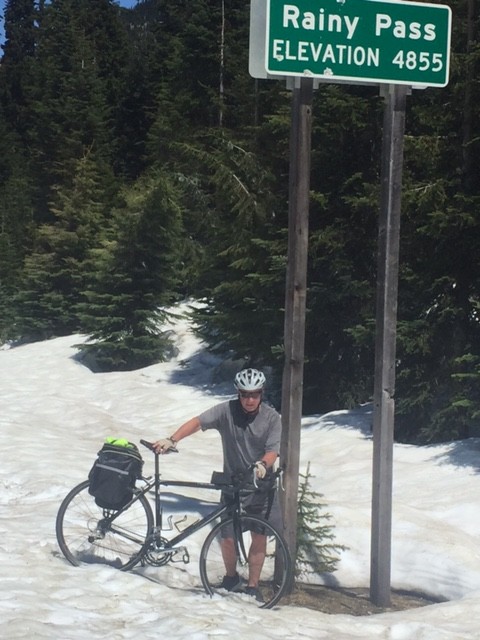
Snow-covered passes; 100 degree temperatures.
Once we traversed the Cascades, the climate changed dramatically. The damp Pacific winds shed moisture in the form of rain or snow in the mountains and west of the Cascades the land was very dry. However, several rivers from the Cascades flowed east to great river valleys which fed farmland, vineyards and orchards via irrigation. Some of the most productive agricultural land we passed through abutted against low, barren buttes and mountains. There were acres of cherry orchards, all covered with shrouds of heavy nets like see-through circus tents in order to protect the fruit from birds. Much later, we would see cherry orchards in the East, but these were not safeguarded by netting.

Washington orchard
It took us six days to get through Wonderful Washington, but by then Jim was back on his bicycle – riding strong – Rick had received clearance to ride from his doctor and Sue, and I had learned how to bandage my sores to the point I could ride. Only Bruce was handicapped, and this by his medication.
Idaho
We spent exactly one day crossing Idaho, as we journeyed over its narrow panhandle. We spent our one night there in beautiful Sand Point, a city blessed with lakes, mountains and pleasant climate. We found, however, that especially in the sparsely populated west, that road and rail transportation largely follow the same path. Our night in Sand Point was interrupted every fifteen minutes or so by trains switching tracks, so we were weary from lack of sleep for our journey into Montana.
Montana
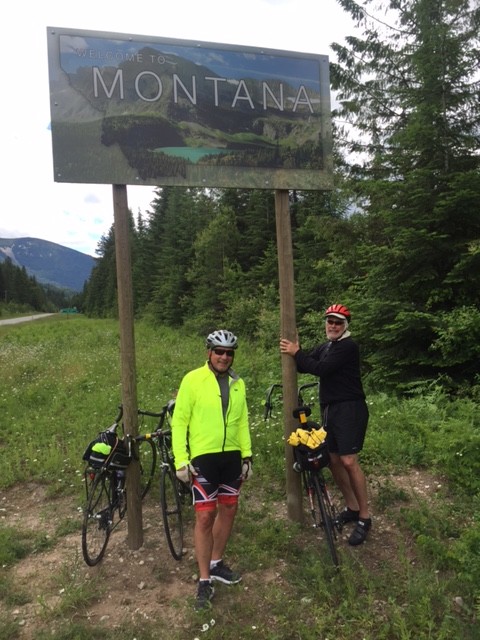
Cooler weather as we cross into Montana.
By the time we reached Montana, the heat wave was over and we were treated to crisp nights and warm days in the beautiful mountain and lake country of northwest Montana. Including two nights across the northern border of Montana in Alberta, Canada, we would spend thirteen days in the state, the largest state on our route.

Bruce and Rick overlooking the Kootenai River.
Perhaps the biggest disappointment of the entire tour occurred as we headed to Glacier National Park, entirely because of bad weather. Our first disappointment was the Going to the Sun Road bisecting the park was on the verge of opening, but we were told we probably would not be able to get through. Our only real choice was to skirt the park and head to West Glacier on a heavily trafficked road not nearly as scenic on the south end of the park. A pelting rain, high winds and forty degree temperatures assaulted us. We welcomed the climbs just to warm up, although even the uphills did little to thaw our toes and fingers. It took hot chocolate and the warmth of Toga to feel like humans again.

Beautiful NW Montana
One night at St. Mary’s, in Glacier NP, we were mostly already asleep when at about 10:30 we were startled by a sharp knock on Toga’s door. Bruce answered the door only to find a burly female park ranger demanding to know if our bicycle packs contained any snacks or even sunscreen/lip balm which attract bears. Shivering, we got up, and brought our bike packs inside Toga, all the while being reprimanded by the park ranger. Boy, that made for sound sleeping after she left.
At least the rain had mostly ceased as we made our way toward Alberta, Canada and beautiful Waterton lakes, home of the famous Prince of Wales Hotel. We had scheduled a rest day in Waterton. Our second disappointment was that cold, windy and rainy weather was a wet blanket on our time in that fabulous place.
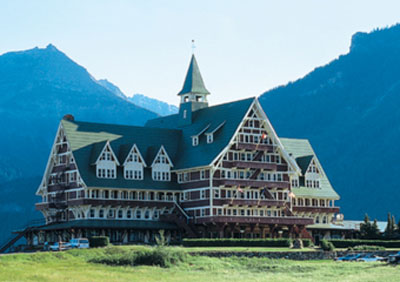
Prince of Wales Hotel, Alberta, Canada
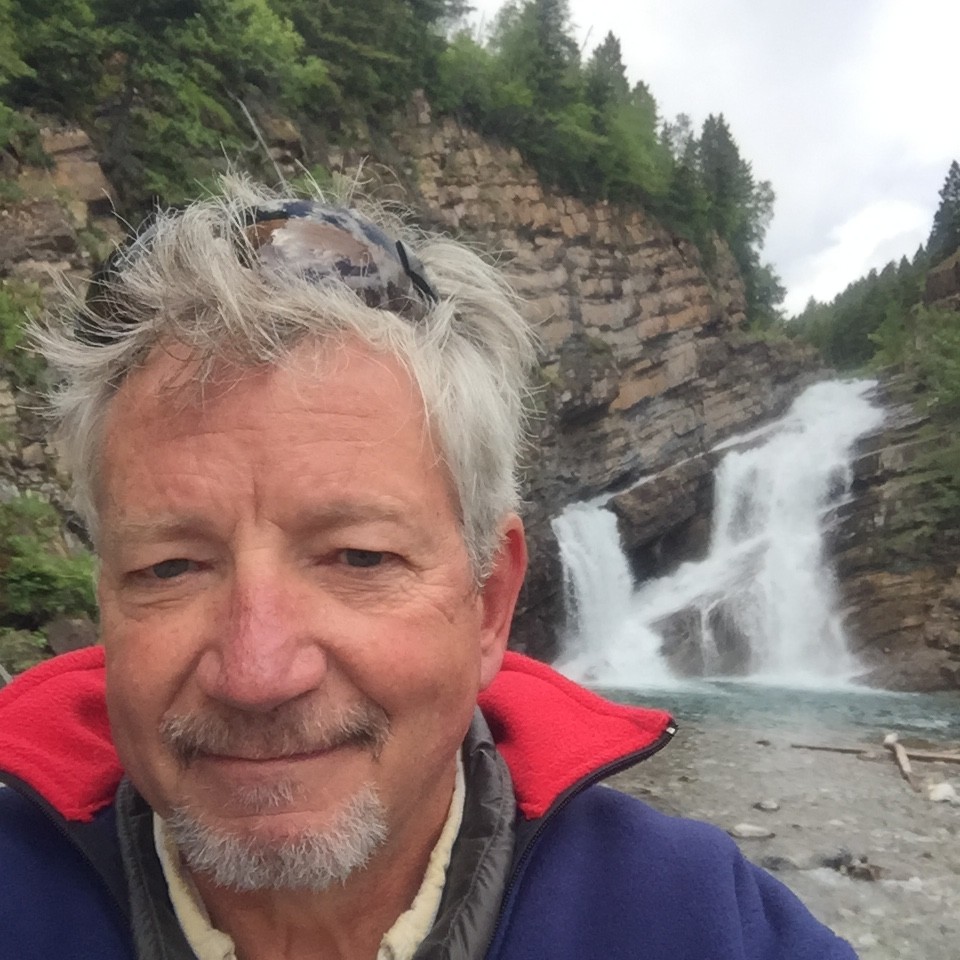
Rest Day in Waterton, Alberta. Windy, cold & rainy.
We traversed the Continental Divide in Alberta, and then made our way through an almost deserted border crossing back into Montana. The Rockies grew small in our rear view mirrors and we pedaled through sparsely populated wide open spaces.
One of our favorite days occurred in Montana: Father’s Day. We had about a hundred mile ride from Havre to Malta scheduled that day, so we got an early start. However, we had a 25 mph tailwind so we flew to Malta and arrived early afternoon. We found the local golf course which had a nice clubhouse, and settled in with bar food and adult beverages and watched the final round of the US Open Golf Championship, won by Dustin Johnson. That night we found a tiny sports bar which showed Game 6 of the NBA championship playoffs. I was the only Golden State fan in our group, but how could anyone but the most hardcore fans not want to see a Game 7?
Eastern Montana flattened out to a dry plain, broken up by buttes and badlands. Sometimes we rode for hours before seeing a house or even a car. We were grateful to have Sue and Toga for support. It was a long ways between places where water was available.
I think this is enough for this post. In the next post or two, in addition to the description of the geography and agriculture of North Dakota and other points east, I will comment on some other topics:
Politics and culture of the people en route
Wildlife (and Roadkill)
Food and beverages and RV Parks
Cemeteries
Churches and houses of worship
Humanitarian House

